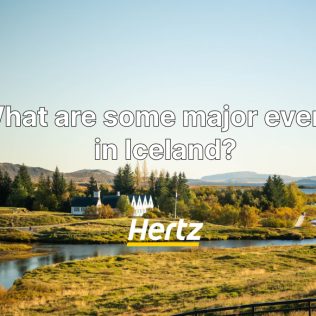Iceland, a land of fire and ice, has a history that stretches back more than a thousand years. The settlement of Iceland, the rule of the Norwegian king, volcanic eruptions, and Iceland declaring independence have all shaped the nation we know today.
From early Norse settlers who sailed to Iceland to Iceland becoming fully independent, the island’s past is a story of survival and resilience. Key moments like the formation of the Althing, Danish rule, and battles for sovereignty helped Iceland grow into a modern, thriving nation.
This article looks at some of the most important moments in the history of Iceland. Whether you are planning to explore Iceland by car or simply want to learn more about its past, this guide will take you through the key events that shaped the country.
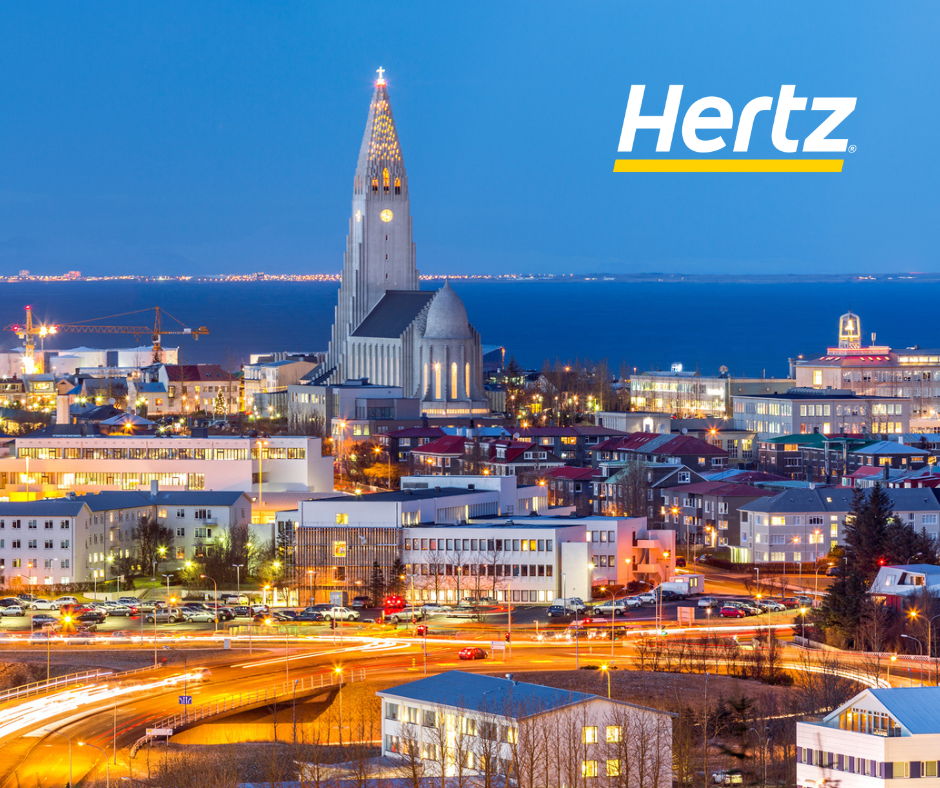
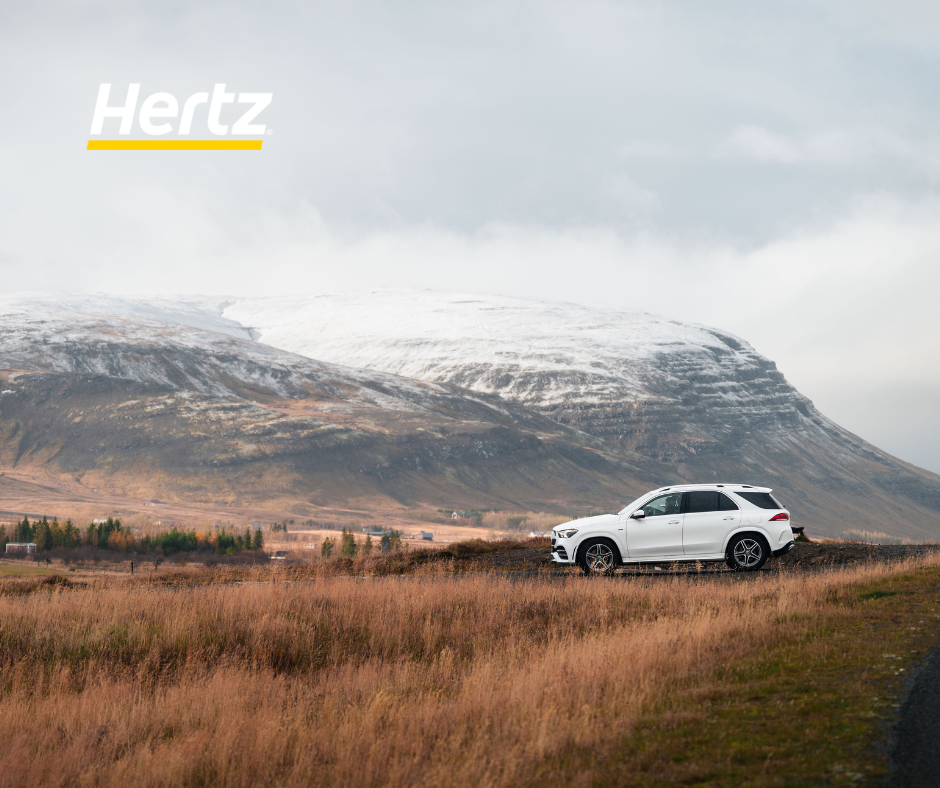
The Age of Settlement (870-930)
The settlement of Iceland began in the late 9th century when Norsemen sailed to Iceland to escape wars and taxes under the king of Norway. The first permanent settler, Ingólfr Arnarson, arrived in 874 AD and built his home in what is now Reykjavík.
For more than 60 years, people arrived from Norway and the British Isles, bringing their culture, farming skills, and belief in Norse gods. Life was tough, but Iceland’s vast open land provided opportunities for those willing to adapt.
The Icelandic Sagas, written in the 13th century, tell many stories about these early settlers. They describe conflicts, friendships, and the challenges of surviving in a harsh new land. These stories remain a big part of Iceland’s cultural identity today.
The Establishment of Althing and Adoption of Christianity (930-1000)
In 930 AD, Icelanders created the Althing, one of the world’s oldest parliaments. This was a huge moment in the history of Iceland, as it meant that Icelanders could govern themselves instead of being ruled by a king. The Althing met once a year, where chieftains made laws and settled disputes.
By 1000 AD, Iceland faced a major decision—whether to continue worshipping Norse gods or convert to Christianity. The decision was influenced by pressure from Norway, which wanted Iceland to follow its Christian traditions. After much debate, Icelanders agreed to convert, though many still practiced their old beliefs in secret. This change helped Iceland strengthen ties with the rest of Christian Europe.
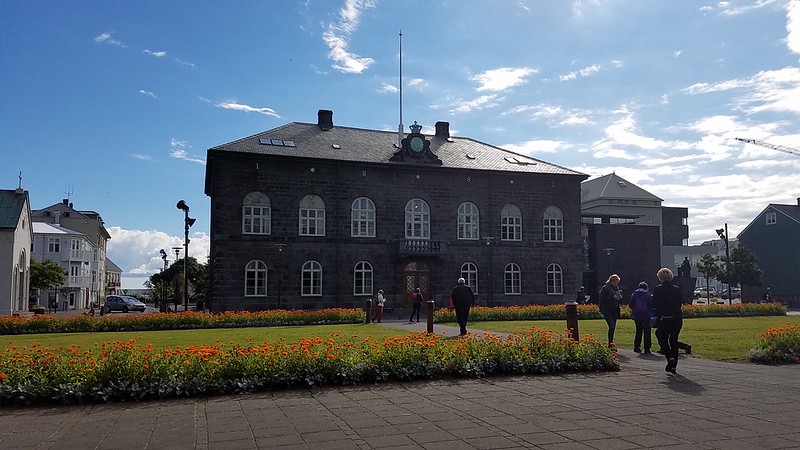
The Althing building in Reykjavik
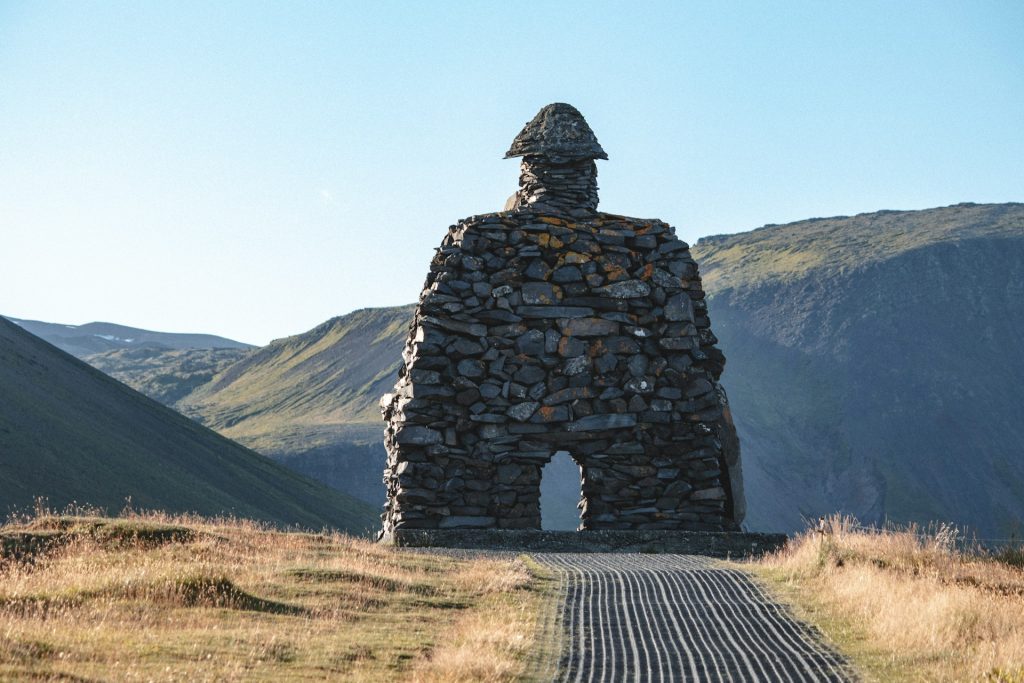
Under the Crown and the Black Death (1262-1550)
In 1262, Iceland lost its independence when it came under the rule of the king of Norway. This happened through the Old Covenant, an agreement that placed Iceland under the Norwegian crown in exchange for trade and protection. This marked the end of Iceland’s time as a free Commonwealth.
By the 15th century, Danish rule took over, as Norway and Denmark united under one monarchy. This period was difficult for Icelanders, as trade was controlled by Denmark, limiting their economic growth.
In 1402 and 1494, the Black Death reached Iceland, killing nearly half the population each time. The country struggled to recover, and for a long time, life remained hard under foreign rule.
Volcanic Eruptions and the Struggle for Survival (1783-1918)
Iceland is a volcanic island, and for millions of years, eruptions have shaped the landscape. One of the worst eruptions in history happened in 1783, when the Laki volcano erupted for eight months. Poisonous gases and ash covered the land, killing half of Iceland’s livestock and causing a massive famine. Nearly 25% of Iceland’s population died, making it one of the darkest times in Iceland’s history.
During the 19th century, Iceland remained under Danish rule, but national pride was growing. People wanted more control over their own affairs, and movements for independence gained support. This period laid the foundation for Iceland declaring independence in the next century.
The Path to Independence (1918-1944)
In 1918, Iceland became a sovereign nation, meaning it could now govern itself while still being connected to Denmark. However, Denmark controlled foreign affairs and defense.
During World War II, Denmark was occupied by Germany, cutting off its connection with Iceland. In response, British and later American troops arrived to protect Iceland from invasion. This gave Iceland an opportunity to move further toward independence.
On June 17, 1944, Iceland officially became a republic, cutting its last ties with Denmark. Iceland declared independence on this date, which is now celebrated every year as Iceland’s National Day.
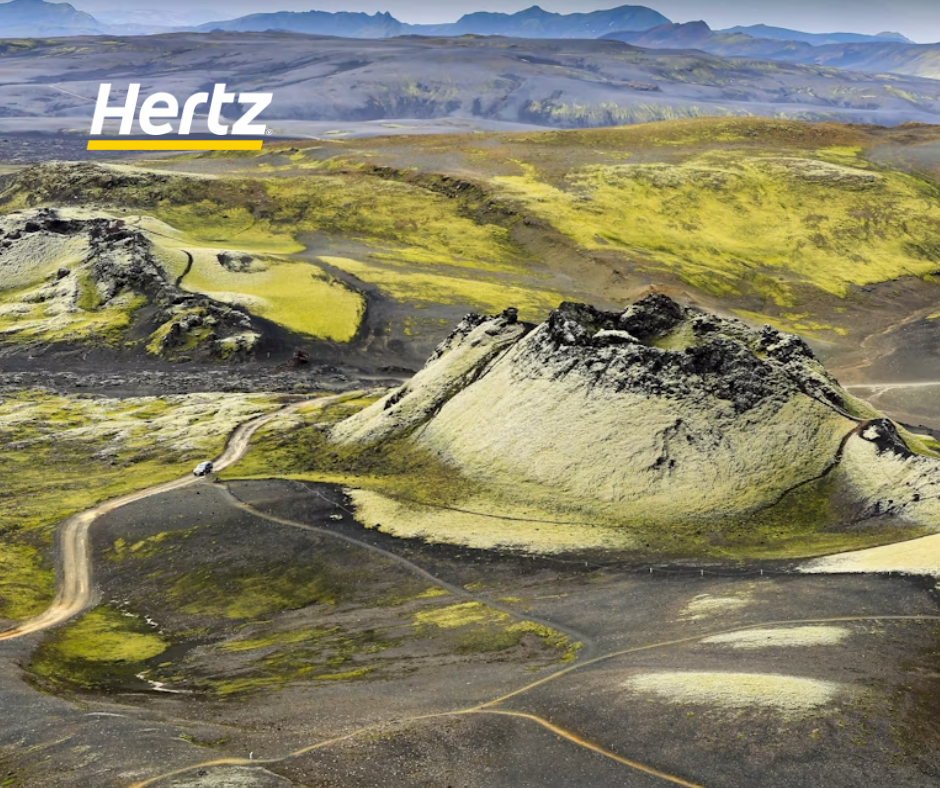
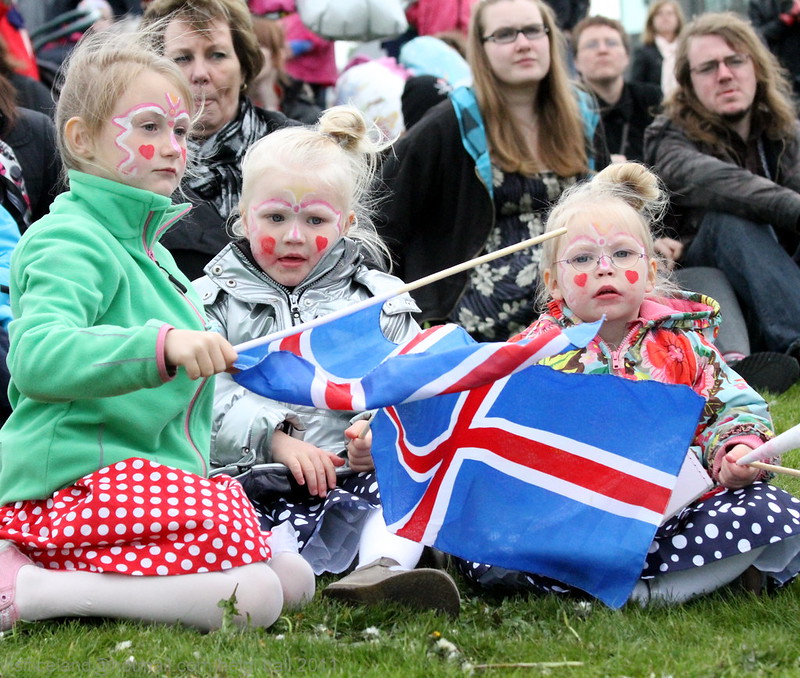
Icelandic people celebrating national day
Post-War Iceland and the Cod Wars (1944-1970s)
After World War II, Iceland’s economy began to grow. In 1949, Iceland joined NATO, despite not having a military. This helped Iceland maintain strong ties with the West and secure its position in the North Atlantic.
Iceland’s economy also modernized, shifting from a rural farming society to a more industrialized nation. Fishing remained the most important industry, but tourism and transportation also started growing. To support this, Hertz Iceland was founded in 1971, bringing modern car rental services to the country. This made it easier for both locals and tourists to explore Iceland’s beautiful landscapes.
Meanwhile, Iceland was locked in a battle over fishing rights with the United Kingdom, known as the Cod Wars. These conflicts lasted from the 1950s to the 1970s, as Iceland worked to expand its fishing zone to 200 nautical miles. Winning these disputes gave Iceland more control over its most valuable resource, ensuring the fishing industry remained strong for future generations.
Economic Shifts: Fishing, Energy, and the 2008 Crisis (1980s-2008)
By the 1980s, Iceland had become one of the world’s leading fishing nations, but it also started using its geothermal and hydroelectric energy to achieve near energy independence. These renewable resources helped reduce Iceland’s reliance on imported fuel.
However, in 2008, Iceland faced a financial crisis when its banking system collapsed. The country went into severe economic turmoil, but through strict financial reforms, Iceland managed to recover and rebuild its economy.
Modern Iceland: Tourism and Environmental Challenges (2010-Present)
Today, tourism is one of Iceland’s largest industries. People from all over the world come to see its volcanos, geysers, glaciers, and black sand beaches. The rise of social media has made Iceland even more popular, bringing millions of visitors each year.
However, this rapid growth also brings environmental challenges. Increased tourism puts pressure on Iceland’s fragile ecosystems. Climate change is also affecting Iceland’s glaciers, many of which are melting at an alarming rate. Policymakers are now working on ways to balance economic growth with environmental protection.
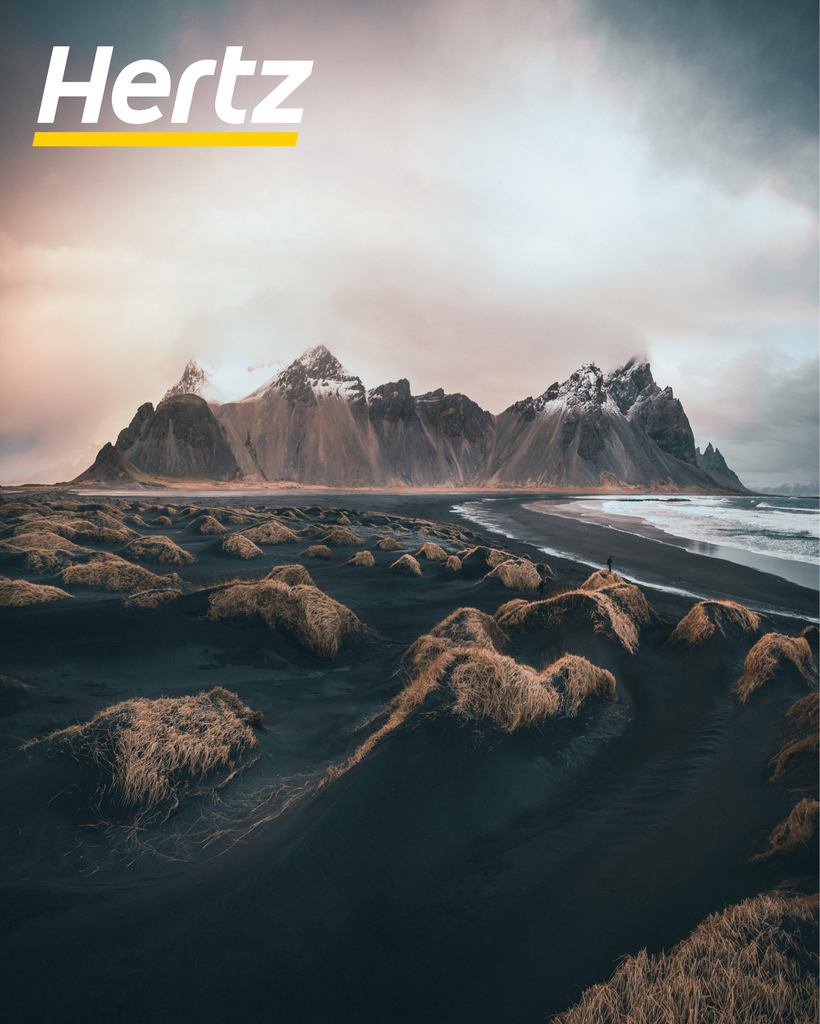
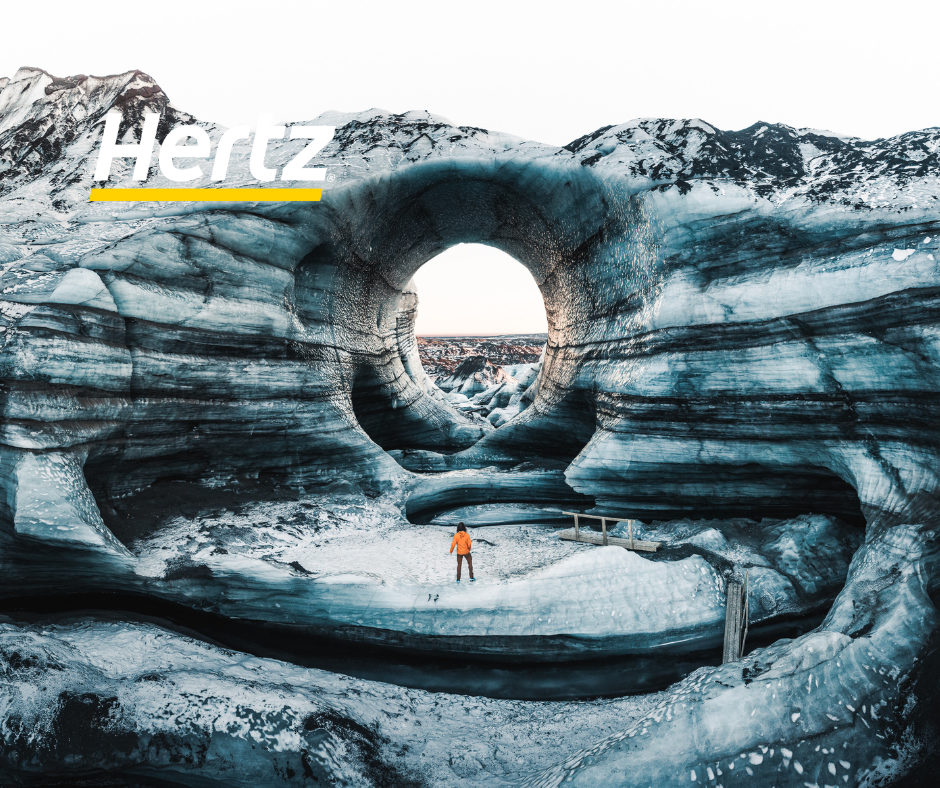
The Cultural Tapestry: Sagas, Language, and Traditions
Iceland’s culture is deeply connected to its past. The Icelandic Sagas, written in the 13th century, tell stories of heroes, battles, and historical events. These texts are still widely read today and remain a big part of Icelandic identity.
The Icelandic language has barely changed since the settlement of Iceland, making it one of the oldest living languages in the world. Traditions like storytelling, folklore, and Viking festivals keep Iceland’s rich history alive.
Conclusion: The Historical Impact on Today’s Iceland
Iceland’s history has been shaped by natural disasters, political struggles, and strong national pride. From the Norwegian king’s rule to Iceland declaring independence, each event has contributed to the country’s identity.
Today, Iceland is a modern, independent nation, a member of NATO, and a place where the past and present come together. Whether you are visiting Iceland or simply learning about it, its history remains a fascinating journey through time.
